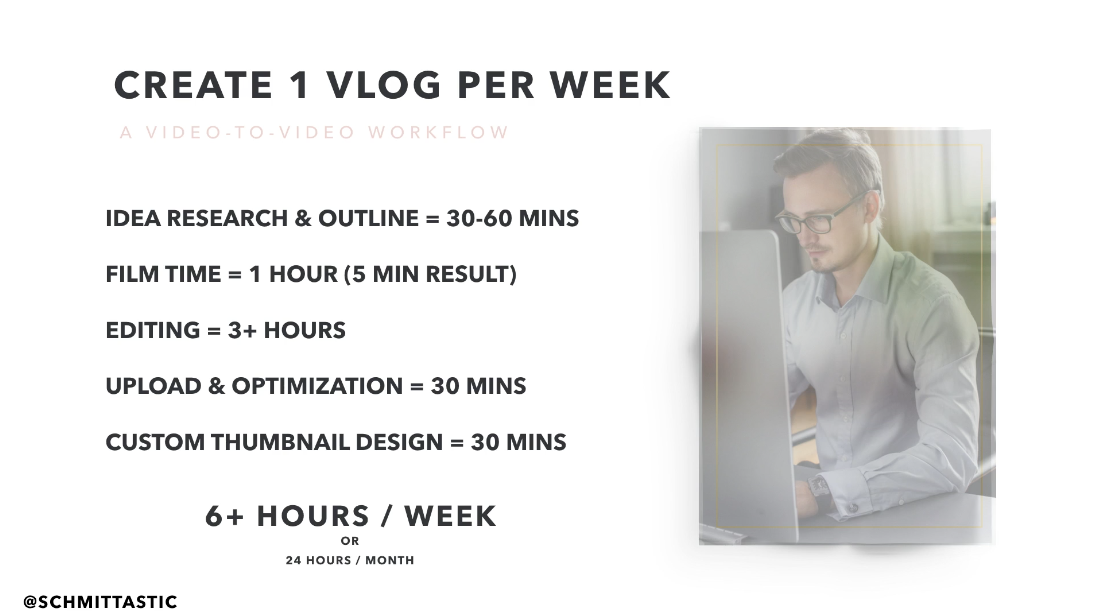
About me
Fashion | Travel | Dentist
Collaborations and Sponsorships
shairamanalo@yahoo.com
Total Page views
Labels
- Beauty (10)
- Diaries (70)
- Event (38)
- Family (26)
- Fashion (232)
- Food (19)
- Giveaway (3)
- Inspiration (7)
- Jewelry (2)
- Personal (41)
- Promo (1)
- Review (11)
- School (16)
- Shai Recommends (6)
- SP Adventures (25)
- Sponsored (153)
- Style Challenge (6)
- Travel (71)
Popular Posts
-
Last week my cousins and I had a mini adventure in the city. We planned to try something new and something different other than food trip...
-
We cannot deny the fact that nowadays we prefer to dress in less prints and tones and prefer monochromatic dressing. I don't know if...
-
This year's Dentistry Night was more extravagant than the previous one . It just gets better every year and I love it! Our department r...
Blog Awards

















Good suggestions! :)
ReplyDeletehttps://julesonthemoon.blogspot.com/
Such an informative post.I'm thinking of doing more videos soon as I realized more people are more receptive to it.Glad you shared these.
ReplyDeletewww.sophieatieno.com
He is a professional hacker, he is absolutely reliable and I strongly recommend him for any types of hacking jobs you require. why i said this is because I have engaged him severally in various hacking jobs and he has never disappointed me nor any of my friends who have hired him also, He has really proven himself to be a professional and a reliable hacker, He can help you out with any hacking jobs including this:
ReplyDelete-Cell Phones hacking (remotely)
-Credit Repair
-Bitcoin Recovery (Any type of Cryptocurrencies)
-Make money from Home (Any Countries)
-Social media Hacking
-Website Hacking
-Erasing of criminal Records (Any Countries)
-Grade Change
Email him via: hackingsetting50@gmail.com
He is a professional hacker, he is absolutely reliable and I strongly recommend him for any types of hacking jobs you require. why i said this is because I have engaged him severally in various hacking jobs and he has never disappointed me nor any of my friends who have hired him also, He has really proven himself to be a professional and a reliable hacker, He can help you out with any hacking jobs including this:
ReplyDelete-Cell Phones hacking (remotely)
-Credit Repair
-Bitcoin Recovery (Any type of Cryptocurrencies)
-Make money from Home (Any Countries)
-Social media Hacking
-Website Hacking
-Erasing of criminal Records (Any Countries)
-Grade Change
Email him via: hackingsetting50@gmail.com